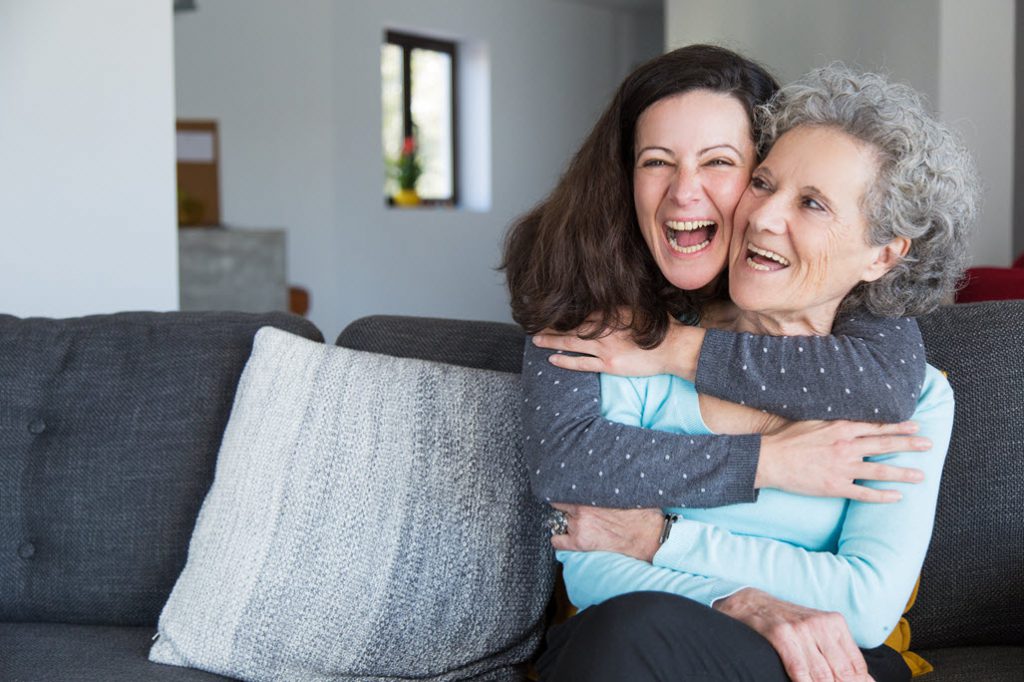Lifestyle

Whether you’re running around in the backyard with the kids or preparing a meal in the kitchen, minor injuries are a common occurrence around the home. But not every accident requires a trip to the doctor’s surgery.
A few simple first aid techniques are all you need to avoid wasting hours in the waiting room.
It’s easy to get confused about the right treatment option, especially when it comes to issues such as strains, scrapes and burns.
Choosing the appropriate treatment for the injury and applying it correctly will kick-start the healing process and ensure you’re not doing more harm than good.
Here are a few common injuries you might come across and what you can do to help heal yourself at home.
A muscle strain occurs when the fibres in a muscle are stretched or torn, usually due to overuse, fatigue or being pushed beyond its capabilities. Strains can occur in any muscle, although they are most common in the lower back and legs.
While serious strains should be seen by a doctor, a mild strain can be successfully treated at home by utilising the RICE principles: rest, ice, compression and elevation.
Rest the injured muscle and apply ice to the area as soon as possible to reduce swelling. Ice should be applied for no more than 15 minutes each time and repeated every two hours.
Wrapping the muscle with a compression bandage and elevating the injured area can also help reduce swelling.
Heat should not be applied to strained muscles – especially within the first 48 hours after injury. Tip: ice is for fresh injuries, and heat works best on aching joints, stiff muscles or muscle spasm.
Whether it’s from the slip of the knife while chopping up vegetables or a fall on the concrete while playing outside, the sight of blood can make some people pretty squeamish. But that doesn’t mean they can’t treat those small cuts and grazes quickly and easily at home.
Ensure your hands are washed and dried to prevent the potential spread of infection.
Apply mild pressure to the wound with a clean cloth to stem the flow of blood then rinse the site with running water to remove any dirt or other foreign matter. Dry thoroughly and cover the area with a Band-Aid or bandage. Ensure the dressing remains clean and dry and change it at least once a day to aid the healing process. Once the wound has closed over the dressing can be removed completely.
There are countless old wives tales and home remedies for treating mild burns, such as covering it with butter or rubbing it with a potato, however the reality is that most of these will actually do more harm than good.
While urgent medical assistance should be sought for serious burns, small first-degree burns that affect only the outer layer of the skin can be treated successfully at home. Place the affected area under cool running water for up to 20 minutes, but don’t apply ice, ointments or burns creams. You should also remove any clothing or jewellery near the burn if it is not stuck to it and is easy to do so. Most small burns should heal within two weeks, however if blisters develop refrain from popping them and instead seek medical advice.
Home first aid can be a quick and effective treatment for many injuries, however if you’re in doubt always seek medical assistance.